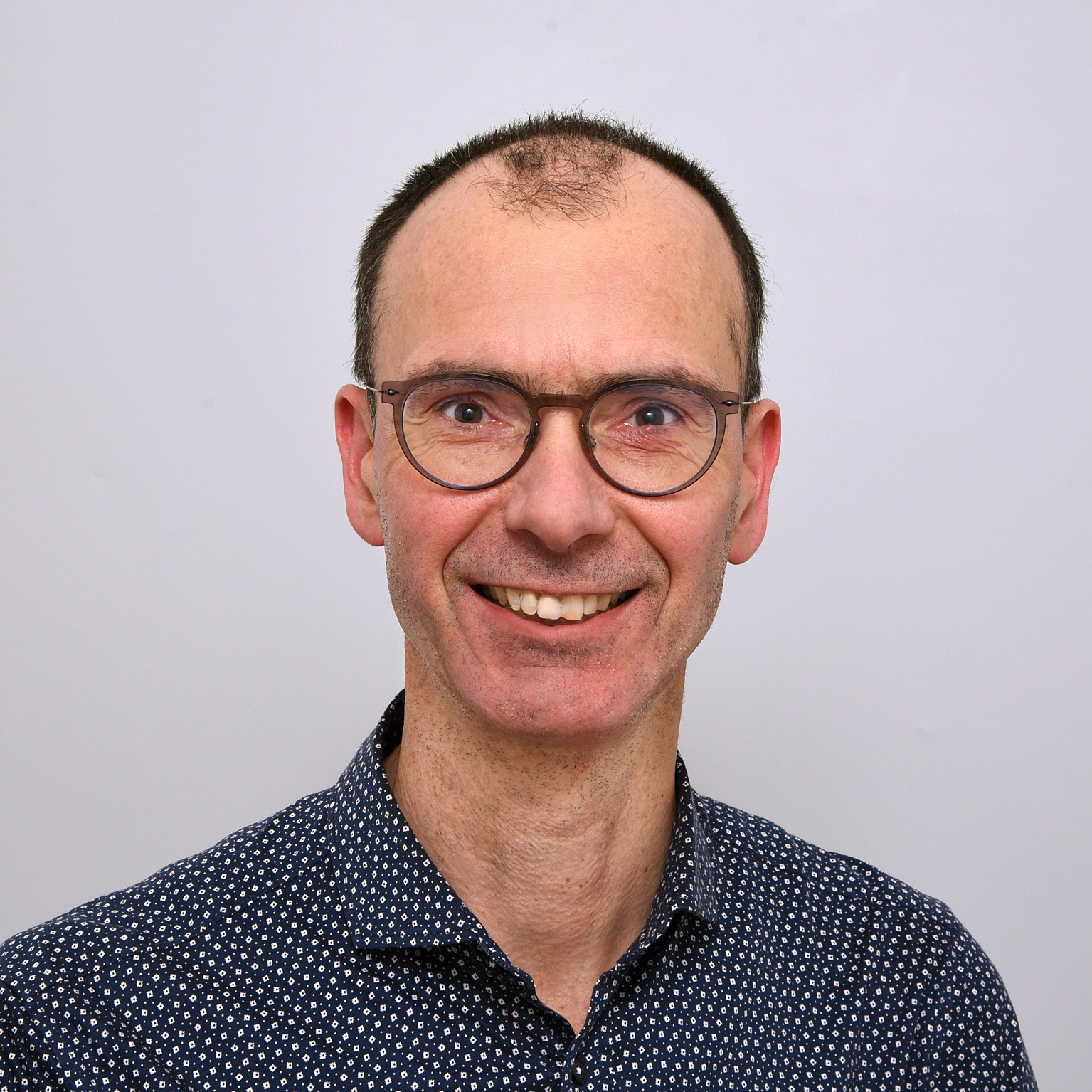My research interest is to investigate greenhouse gases in the atmosphere and the processes determining their abundance. The methods that I develop aim at improving our understanding and quantification of those processes, on global and regional scales, using atmospheric measurements and models. To improve the availability of measurements, I work together with colleagues at SRON Netherlands Institute for Space Research on the development of remote sensing techniques for measuring greenhouse gases and other related gases from Earth orbiting satellites. Currently, these actvities focus primarily on the greenhouse gases carbon dioxide (CO2) and methane (CH4). These gases are the first and second most important greenhouse gases emitted by human activities. Together they are responsible for 88% of the radiative forcing of the Earth's climate due to human produced long-lived greenhouse gases.
Of the short-lived gases influencing climate and air quality, my main interest is in carbon monoxide (CO), which is not a greenhouse gas inself but influences the abundance of greenhouse gases through its influence on the hydroxyl radical. The highly reactive hydroxyl radical is very important, despite its low abundance, because it determines the atmospheric life time of many gases, including the greenhouse gas methane. Carbon monoxide is also useful as indicator of atmospheric emissions due to burning processes, such as the use of fossil fuel and biomass burning. It can be used, for example, to distinguish between industrial and agricultural emissions of carbon dioxide and methane.
For more information see my inaugural speech of Sept. 7, 2018: "Het klimaatkompas en de koers van de mondiale opwarming" available from the reference list below.
